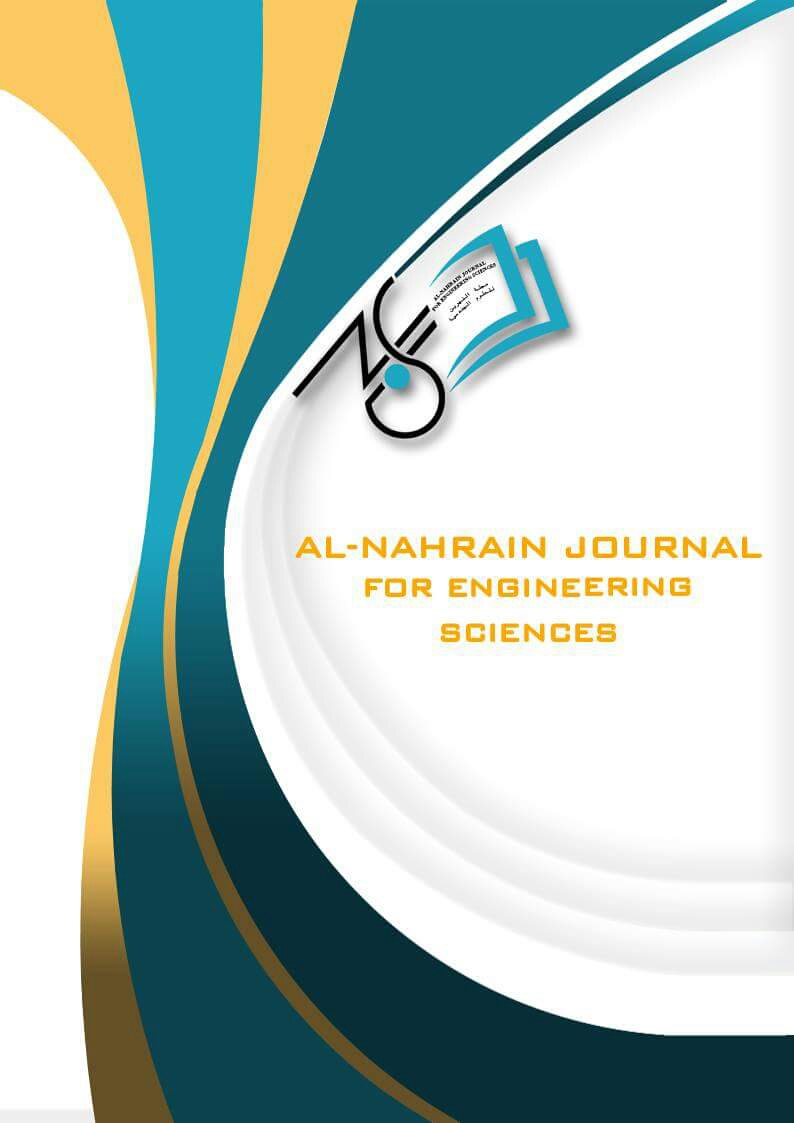Abstract
Autism Spectrum Disorder (ASD) is one of the most common children's neurodevelopmental disorders (NDD) with an estimated global incidence of 1% to 2%. There are two aims for this research, first, to propose a data mining architecture that combines behavioural and clinical characteristics with demographic data. Second, to provide a quick, acceptable and easy way to support the ASD diagnosis. this can be performed by conducting a comparison study to determine the efficacy of four possible classifiers: logistic regression (LR), sequential minimum optimization (SMO), naïve Bayes, and instance-based technique based on k-neighbors (IBK). These classifiers have been performed with Waikato Environment for Knowledge Analysis (WEKA) tools to distinguish autistic adults from healthy, normal subjects. The results showed that, with 99.71%, SMO classification accuracy was 99.71, which exceeded the accuracy of other classifiers. The proposed architecture allows for early detection of ASD, distinguishing between ASD and healthy control subjects. This study could help doctors and clinicians by giving them a better idea of what the future holds for people with autism spectrum disorder (ASD) and by improving therapy programs, allowing people with ASD to live a long and happy life.
Keywords
Autism spectrum disorder
classification
Data mining
SMOTE
WEKA.
Abstract
يعد اضطراب طيف التوحد أحد أكثر اضطرابات النمو العصبية شيوعًا مع تقدير انتشار عالمي بنسبة 1 إلى 2 ٪ عند الأطفال. هدفت هذه الدراسة إلى شقين ، أولاً ، التركيز على اقتراح بنية استخراج البيانات بناءً على تكامل السمات السلوكية والسريرية مع البيانات الديموغرافية. ثانيًا ، لإجراء دراسة مقارنة للكشف عن اضطراب طيف التوحد عن طريق اختبار فعالية استخدام أربعة مصنفات مرشحة وهي
Logistic regression (LR), Sequential Minimal Optimization (SMO), Naïve Baye, Instance Based method based on k-neighbours (IBK)
تم تنفيذ هذه المصنفات باستخدام أدوات لتصنيف البالغين المصابين بالتوحد من الأشخاص الطبيعيين الأصحاء.
تظهر النتائج أن تفوقت دقة التصنيف على دقة المصنفات الأخرى بنسبة 99.71٪. تسمح البنية المقترحة بالتعرف المبكر لاضطراب طيف التوحد مع نتائج واعدة جدًا لتحديد اضطراب طيف التوحد مقارنةً بالمواضيع الصحية الاخرى. ستساعد هذه الدراسة الأطباء والأطباء السريريين في التخطيط وتقديم تنبؤ موثوق باضطراب طيف التوحد بالإضافة إلى البرنامج العلاجي الأمثل حتى يتمكن مرضى اضطراب طيف التوحد من الحصول على سنوات من جودة الحياة العالي
Logistic regression (LR), Sequential Minimal Optimization (SMO), Naïve Baye, Instance Based method based on k-neighbours (IBK)
تم تنفيذ هذه المصنفات باستخدام أدوات لتصنيف البالغين المصابين بالتوحد من الأشخاص الطبيعيين الأصحاء.
تظهر النتائج أن تفوقت دقة التصنيف على دقة المصنفات الأخرى بنسبة 99.71٪. تسمح البنية المقترحة بالتعرف المبكر لاضطراب طيف التوحد مع نتائج واعدة جدًا لتحديد اضطراب طيف التوحد مقارنةً بالمواضيع الصحية الاخرى. ستساعد هذه الدراسة الأطباء والأطباء السريريين في التخطيط وتقديم تنبؤ موثوق باضطراب طيف التوحد بالإضافة إلى البرنامج العلاجي الأمثل حتى يتمكن مرضى اضطراب طيف التوحد من الحصول على سنوات من جودة الحياة العالي
